The late Mirdidingkingathi Juwarnda Sally Gabori (c.1924–2015) was a distinguished artist of international renown who left behind an immense cultural legacy. Cairns Art Gallery is proud to present a focused Sally Gabori exhibition in September 2025 for the first time in the region, to mark the Gallery’s thirty-year celebrations.
In 2016-2017 Sally Gabori was honoured with a major retrospective exhibition, Mirdidingkingathi Juwarnda Sally Gabori: Dulka Warngiid – Land of All which was presented at the Queensland Art Gallery | Gallery of Modern Art in Brisbane and at the National Gallery of Victoria in Melbourne.
In 2022, she was honoured with a highly curated, major solo survey exhibition at the distinguished Fondation Cartier pour l’art contemporain in Paris, France, that later travelled to the prestigious Triennale Milano in Milan, Italy which escalated the appreciation of Gabori’s art in Europe. Her work features in the peak museums of France, Switzerland, Japan and New Zealand, while in Australia all major cultural institutions represent Gabori in their collections.
The exhibition Munnamurra Ngijinda Dulk: My Island Home features five highly significant works from QAGOMA. In addition, one major work is on loan from the Gold Coast’s Home of the Arts (HOTA), joining two paintings from Townsville Art Gallery and several important works from private collections.
A rare and newly released painting from the Sally Gabori estate will be included in the exhibition. The painting, entitled Dibirdibi Country (2009), has been recently aquired in the Cairns Art Gallery Collection through the Give and Commit Legacy Campaign, launched to mark the Cairns Art Gallery Foundation’s 25th anniversary.
Gabori was born before contact with non-Indigenous people, on Bentinck Island in the Gulf of Carpentaria, where the Kaiadilt people had continued to live a traditional way of life until the 1940s. This included fishing for mullet, harvesting fruit from the mangroves and releasing fresh water by digging in wetlands. In the 1940s, due to a significant weather event, the Presbyterian missionaries arrived and started relocating the small Bentinck population to their mission on Mornington Island, the largest island in the Wellesley Islands group. By the early 1980s, a young linguist, Nicolas Evans’ visit to Mornington and Bentinck Islands had documented only 45 fluent speakers remaining of Gabori’s Kayardilt language. Evans is now the Director of the ARC Centre of Excellence for the Dynamics of Language (CoEDL), and of the Evolution of Cultural Diversity Initiative (ECDI) at the Australian National University in Canberra.
The displacement Gabori and her small clan group experienced in leaving Bentinck Island for Mornington Island, led to a heart-sick yearning for Country. But for the women of this shared heritage, the opportunity to take up painting at the art centre on Mornington Island was a salve of sorts. There, Gabori began painting at the age of 80 and was immediately recognised for her instinctive artistic passion and drive. Her subject matter was the intense connection to the small land mass and vast marine environment of her birthplace, expressed with an exceptional flair for colour.
Gabori was one of the very few people still speaking the Kayardilt language at the beginning of this century. During her late-life artistic career, Gabori translated the beloved features of her Country and the people who belonged to its landmarks, through her new visual language. In the exhibition title, the Kayardild name, Mirdidingkingathu, means ‘born at Mirdidingki’ (Gabori’s Country on Bentinck Island), while Juwarnda is the name of her totem, ‘dolphin’.
The curator and art specialist Bruce Johnson McLean summarised Gabori’s unique gift in this way: ‘At the heart of Sally Gabori’s paintings is an incredible human universality. Although they may appear abstract, they radiate emotional warmth in their celebration of her family and her home.’*
Mirdidingkingathi Juwarnda Sally Gabori was communicating with her land and family as she painted, and we are privileged to view these intense personal connections in a selection of powerful works. It was her zeal to communicate her stories, knowledge and experiences through her painterly interpretations of Country that won Gabori great national and international acclaim.
*McLEAN JOHNSON, Bruce, p. 188, Sally Mirdidingkingathi Juwarnda Gabori, Fondation Cartier pour l’art contemporain, Paris, 2022.
IMAGE:
Mirdidingkingathi Juwarnda Sally Gabori
b. c.1924–2015
Kaiadilt people
Dibirdibi Country 2007
synthetic polymer paint on linen,
192 x 101 cm
Queensland Art Gallery Collection. Purchased 2008. The Queensland Art Gallery Foundation Grant
© Sally Gabori/Copyright Agency, 2025
Selected works
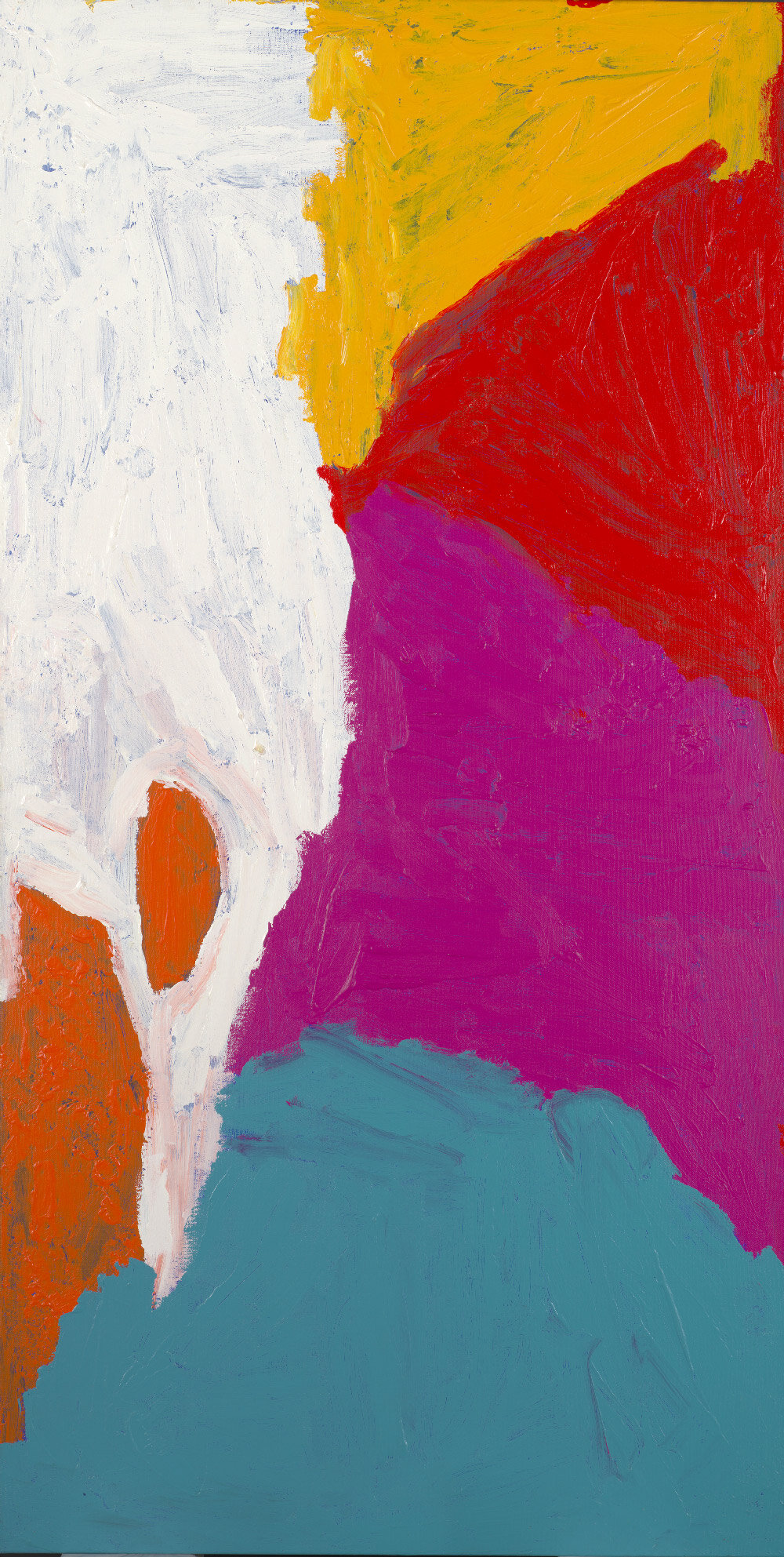 Mirdidingkingathi Juwarnda Sally Gabori
b. c.1924–2015
Kaiadilt people
Dibirdibi Country 2007
synthetic polymer paint on linen,
192 x 101 cm
Queensland Art Gallery Collection. Purchased 2008. The Queensland Art Gallery Foundation Grant
© Sally Gabori/Copyright Agency, 2025
Mirdidingkingathi Juwarnda Sally Gabori
b. c.1924–2015
Kaiadilt people
Dibirdibi Country 2007
synthetic polymer paint on linen,
192 x 101 cm
Queensland Art Gallery Collection. Purchased 2008. The Queensland Art Gallery Foundation Grant
© Sally Gabori/Copyright Agency, 2025
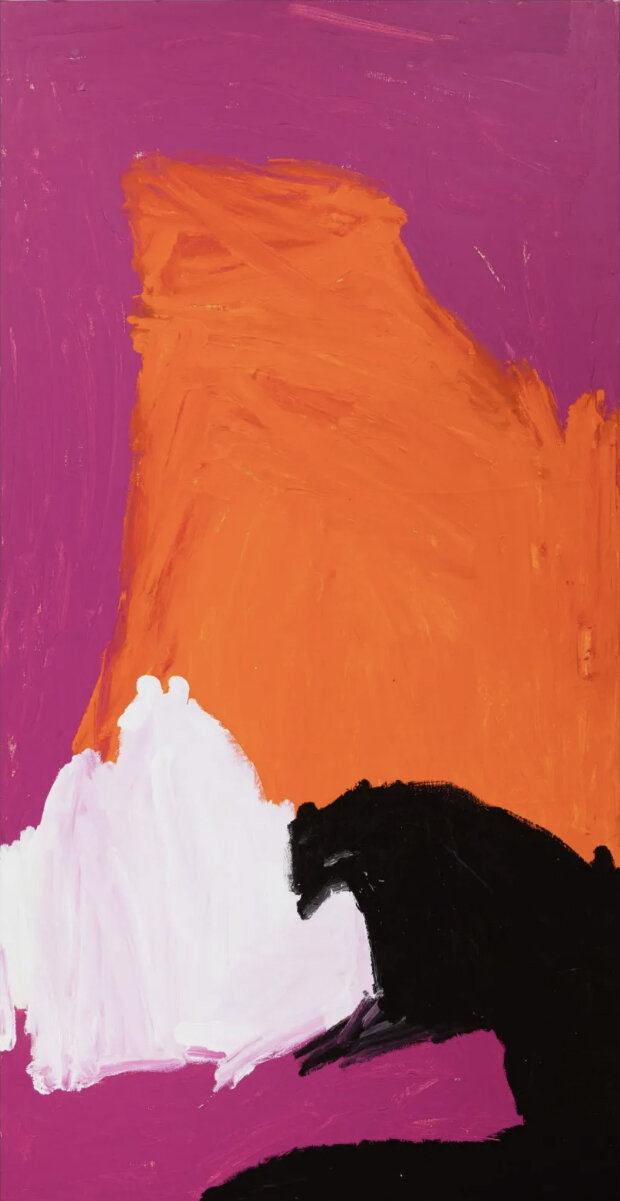 Mirdidingkingathi Juwarnda Sally Gabori
b. c.1924–2015
Kaiadilt people
Dibirdibi Country 2009
synthetic polymer paint on linen,
198 x 101 cm
Purchased Cairns Art Gallery with funds from the Cairns Art Gallery Foundation, 2025
© Sally Gabori/Copyright Agency, 2025
Mirdidingkingathi Juwarnda Sally Gabori
b. c.1924–2015
Kaiadilt people
Dibirdibi Country 2009
synthetic polymer paint on linen,
198 x 101 cm
Purchased Cairns Art Gallery with funds from the Cairns Art Gallery Foundation, 2025
© Sally Gabori/Copyright Agency, 2025
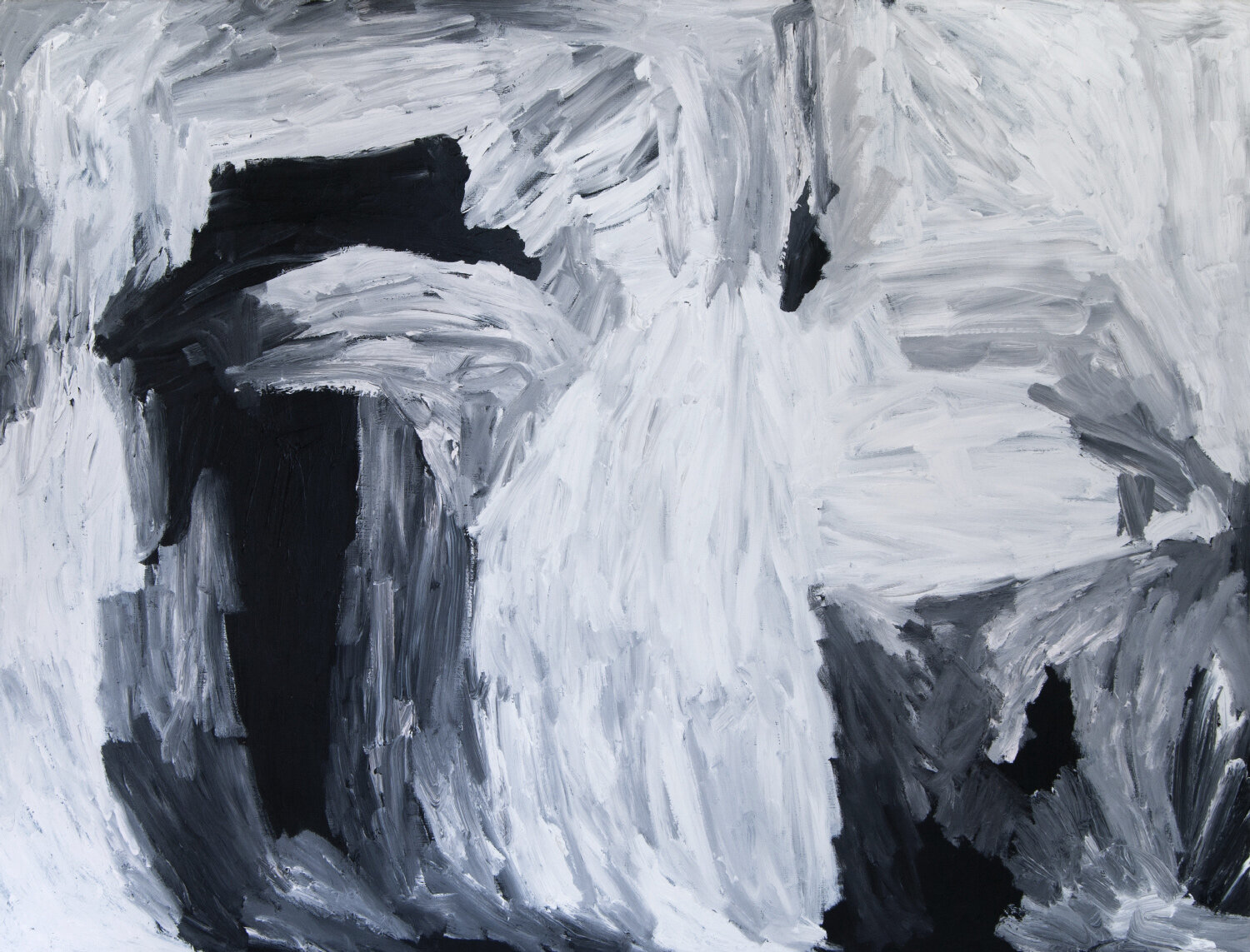 Mirdidingkingathi Juwarnda Sally Gabori
b. c.1924–2015
Kaiadilt people
Dibirdibi Country 2011
synthetic polymer paint on linen,
151 x 198 cm
Richard & Harriet England Collection
© Sally Gabori/Copyright Agency, 2025
Mirdidingkingathi Juwarnda Sally Gabori
b. c.1924–2015
Kaiadilt people
Dibirdibi Country 2011
synthetic polymer paint on linen,
151 x 198 cm
Richard & Harriet England Collection
© Sally Gabori/Copyright Agency, 2025
Installation Images
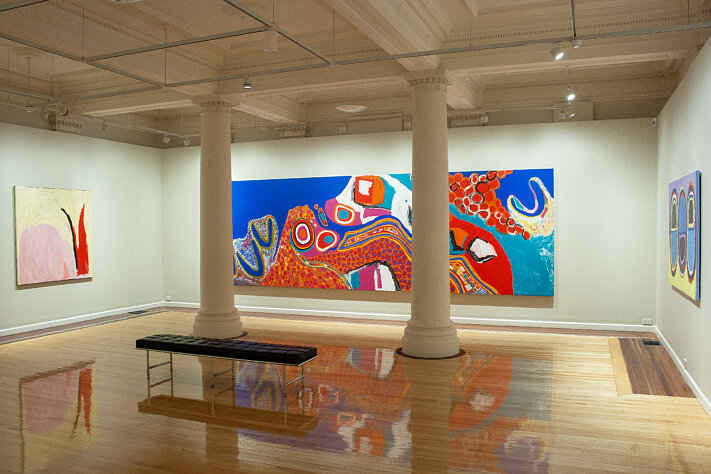 Cairns Art Gallery installation image
Cairns Art Gallery installation image
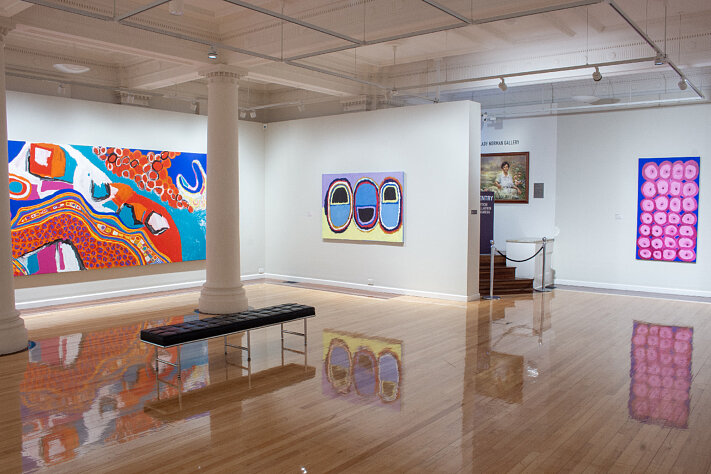 Cairns Art Gallery installation image
Cairns Art Gallery installation image
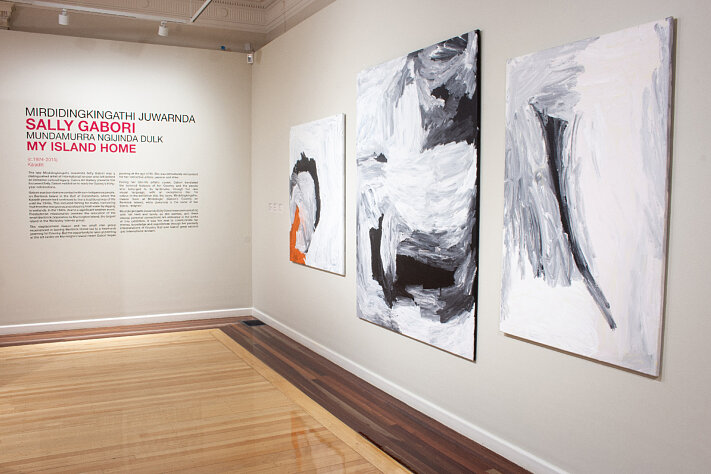 Cairns Art Gallery installation image
Cairns Art Gallery installation image
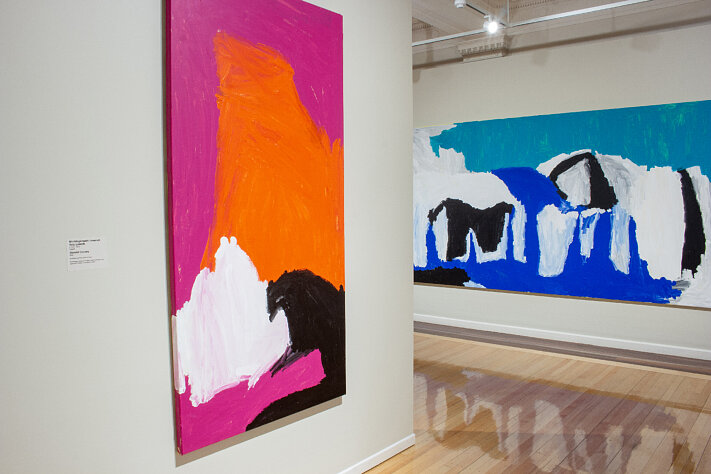 Cairns Art Gallery installation image
Cairns Art Gallery installation image
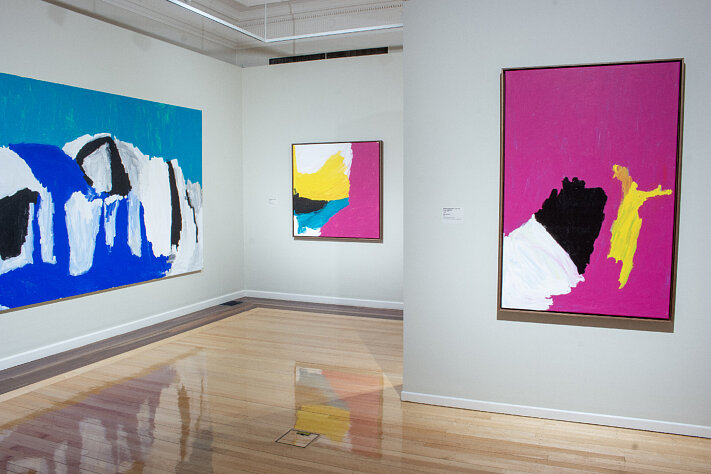 Cairns Art Gallery installation image
Cairns Art Gallery installation image
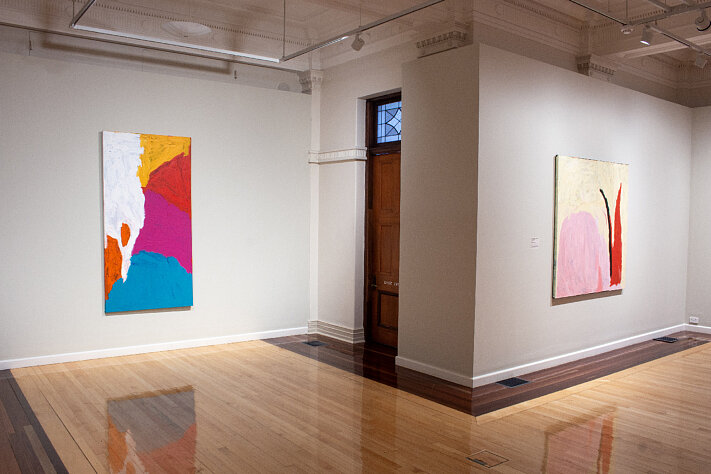 Cairns Art Gallery installation image
Cairns Art Gallery installation image
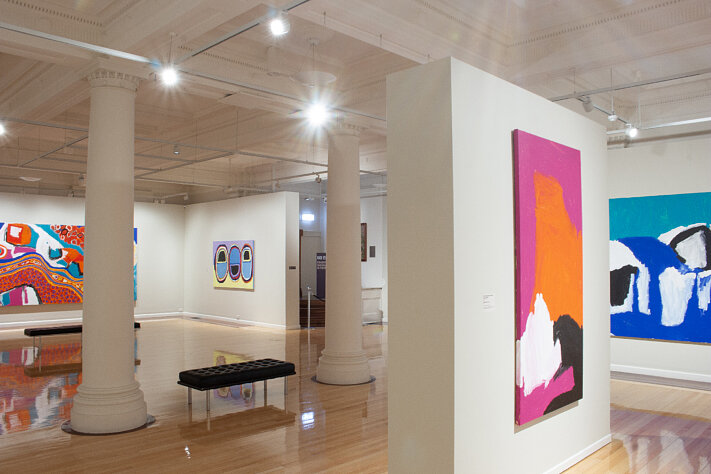 Cairns Art Gallery installation image
Cairns Art Gallery installation image
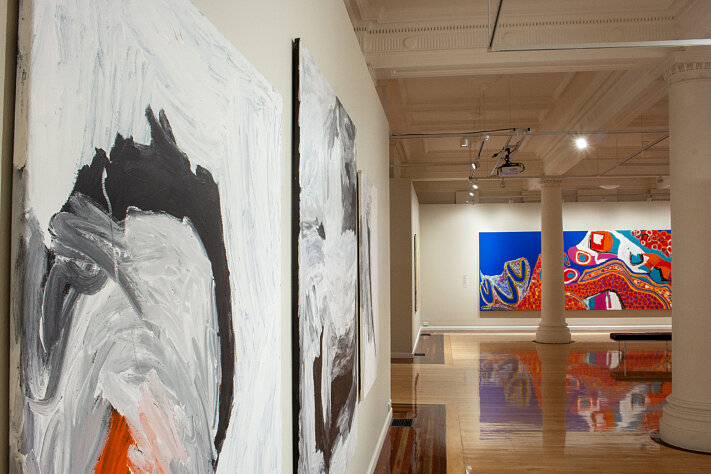 Cairns Art Gallery installation image
Cairns Art Gallery installation image
The Cairns Art Gallery acknowledges the Traditional Owners of the land on which we work and live. We pay our respects to Elders past and present. Aboriginal and Torres Strait Islander people should be aware that this website may contain images, names or voices of deceased persons in photographs, film or text.